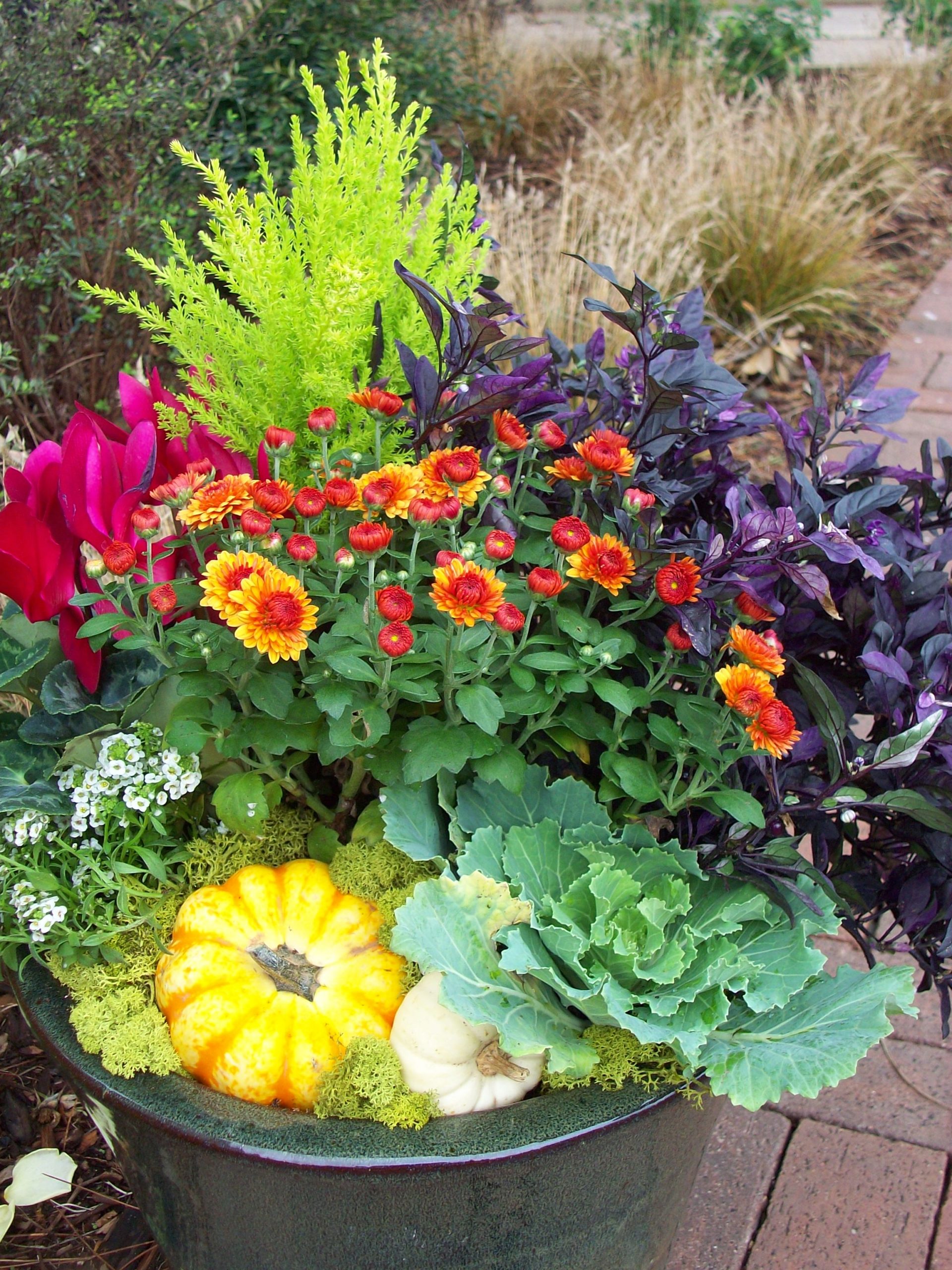Japanese maples are magnificent small trees to help create your zen garden along with…
These Aren’t Your Grandmother’s African Violets

 The humble African Violet probably seems quaint. You picture their fuzzy leaves and diminutive violet flowers. You may even picture them in a 70’s houseplant book or next to a doily and a cup of tea.
The humble African Violet probably seems quaint. You picture their fuzzy leaves and diminutive violet flowers. You may even picture them in a 70’s houseplant book or next to a doily and a cup of tea.
Sound unfair? It is.
These natives to the eastern Tanzanian rain forest in Africa (hence their name) are members of a prolific and profoundly deep genus. Go further to all the Gesneriaceae, their botanical family, and you encounter some eye-popping relatives.
In advance of the African Violet Show & Sale at NHG, we wanted to point out a few of our favorites for you:
African Violets, of the genus Saintpaulia (named for the botanist who discovered them and introduced them back to Europe in 1892) are widely cultivated. Enthusiasts hybridize and propagate them both sexually and asexually via their natural tendency to root easily from cuttings. Hybrids will carry unique physical traits such as mottled or flecked foliage or flowers, ruffled petals, especially large or small leaves, and others. Some of the crosses made result in remarkable plants, such as this winner named ‘Buckeye Country Gal’ from the show held in 2010.
Another highlight of the family is the genus Streptocarpus, which is the most closely related to Saintpaulia. Its Latin name is a reference to the twisted seed pods that it will sometimes produce, while its common name of ‘Cape Violet’ refers to its native range of eastern and southern Africa all the way to the island of Madagascar. Its flowers are showy and brightly colored:
Quick Care Tips
Like their African violet cousins, they’re relatively easy to grow and care for. Bright, indirect light is key; keep them out of drafts and make sure they have rich, well-drained soil. Feed with African violet food; the water soluble formula makes bi-monthly feeding easy during regular watering.
African Violet Cousins
Episcias are a curious member of the Gesneriad family that have fleshy, coleus-like stems and fuzzy leaves like their African violet relatives. They tend to have a more sprawling habit, making them suitable for hanging baskets and containers where they can cascade over the edges.
Sometimes called ‘Flame Violets’ for their brightly colored flowers, Episcias also offer unique foliar colors and patterns such as this ‘Cleopatra’ hybrid, pictured above. They’re native to central and South America where they’re found in moist, tropical environments. Numerous hybrids exist that sport different floral and foliar colors ranging from pale pink to striking metallic sheen.
Last to mention here, but far from an exhaustive review of this remarkable family, is the ‘Goldfish Plant’, or Nematanthus. Their common name stems from their striking little flowers that truly resemble goldfish:
Another unique characteristic is their shiny, smooth leaves, which is quite a change from the fuzzy foliage of their Gesneriad cousins listed above. They have a bushy, but relaxed and slightly sprawling habit that makes them suited for hanging baskets, too.
These and other Gesneriad genera–including Gloxinia and Sinningia--are frequently available in the tropical greenhouse at NHG and make unique blooming houseplants and gifts.
Be sure to stop in this weekend to see these and the glorious specimens on exhibit–and for sale–during the African Violet society show and sale, too.


